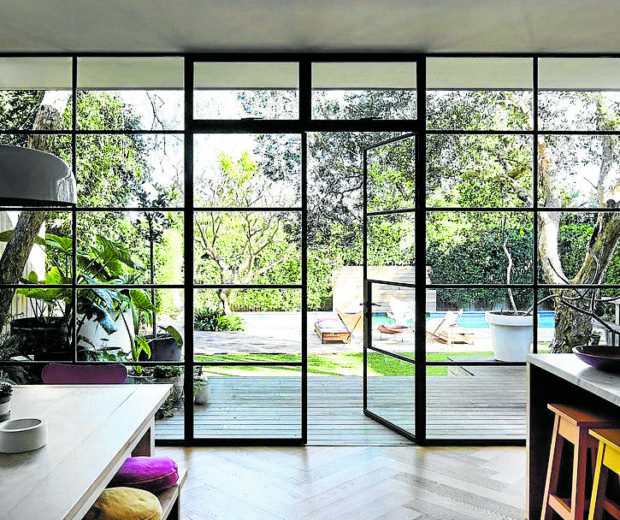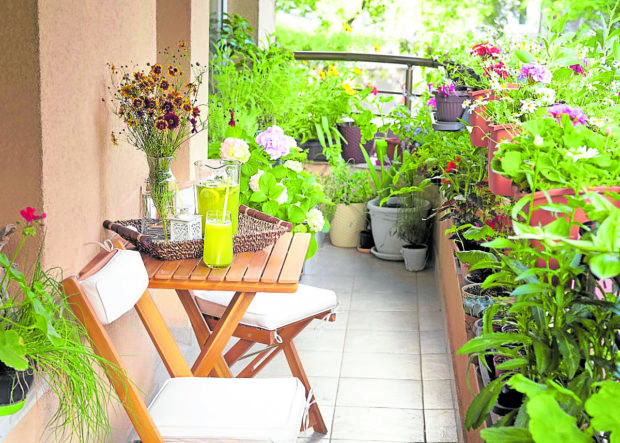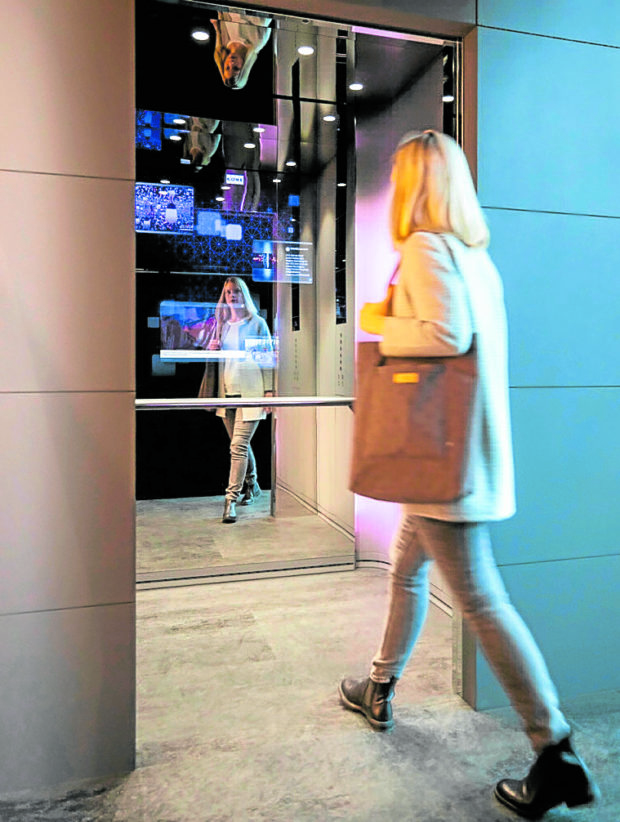Design trends of residential buildings during the pandemic

Constant air ventilation, proper temperature and humidity of the air are critical to the health and comfort of residents. —STEEL WINDOWS AND DOORS SYDNEY
Much has been written and discussed about the effects of the pandemic on our lifestyle, as millions are physically locked inside their residences 24/7 with no end in sight.
The challenge that many now face is to maintain a sense of normalcy within their residences, where one is expected to sleep, cook, eat, bathe, do laundry, study, relax and exercise and still maintain a sense of privacy. It becomes more challenging and stressful for those with children and pets.
Design trends
Right now, the pandemic is forcing the building industry to offer designs solutions that are better suited to address health crises like the present pandemic.
For example, since the COVID-19 virus is highly contagious and highly transmissible, designers are utilizing smart and touchless technologies to minimize this transmission.
Many buildings are now equipped with voice-activated elevators with doors that open automatically and where passengers can pronounce, “fifth floor” or “sixth floor,” or the name of a company or office, “engineering department” thus avoiding possible contamination through transmission.
Touchless toilets are now available where you just hold your hand over the tank sensor to activate the flush. Self-cleaning bathrooms are now getting popular where the toilet bowl and seat are automatically cleaned, disinfected and air dried after each use. This is much needed especially in public areas.
Balconies, which are thought to date back more than two thousand years to Ancient Greece, help to increase air circulation especially for tropical climates and they enhance natural light to a building’s interior. Balconies, especially those with potted plants and vegetation are said to enhance the mental health of residents, decreasing stress, anxiety and depression during lockdowns. The balcony is also an excellent spot to start a new hobby like gardening or edible landscaping.
The entryway or anteroom or foyer is a critically important area not just for removing shoes and for hanging jackets. It is also the place for sanitizing hands and personal belongings before entering. This area should be accessible to a washstand or disinfection station to stop viruses from spreading to other family members.
This is also the place to receive home deliveries from online shopping, removing and discarding the delivery packaging to avoid virus infection.
It cannot be over emphasized that constant air ventilation, proper temperature and humidity of the air are critical to the health and comfort of residents. The easiest and cheapest way to reduce humidity is to open doors and windows as regularly as possible. It also helps to place fans in problem areas to keep the air circulating like the kitchen and the bathroom.
Energy-controlling technologies and smart systems help increase the efficiency at home. Smart technology allows homeowners to control their energy usage through different types of smart, energy-saving strategies. The system is based on the idea that if you cannot measure it, you cannot improve it.
Proper wastewater management with additional measures may be needed to avoid the spread of the virus via wastewater.
Next generation buildings
New housing design leans towards more private spaces, allowing each family member to have a personal spot at home. While this may not always be possible, perhaps a common shared space can be provided.
The lockdown has also highlighted the need for more storage spaces as people make fewer trips to stores. Bigger pantries are needed for more food, toilet paper, disinfectants like hand sanitizers, rubbing alcohol, etc.

Balconies, especially those with potted plants and vegetation, are said to enhance the mental health of residents, decreasing stress, anxiety and depression during lockdowns. —OLD FARMER’S ALMANAC
As we go through this pandemic and as we redesign our buildings, we can look to the future with optimism. Hopefully, the next generation of buildings will be cleaner, greener and more capable of dealing with pandemics.
The author is the principal architect of A.P. de Jesus & Associates-Green Architecture, and vice chairman of the Philippine Green Building Initiative. For comments or inquiries, email amadodejesus@gmail.com

